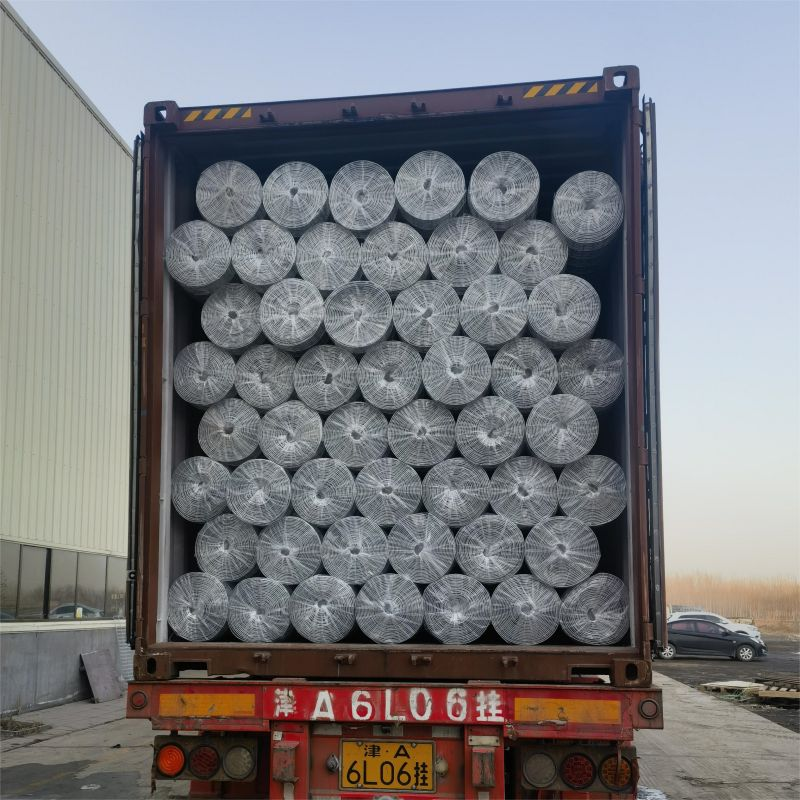welded metal mesh
The Versatility and Applications of Welded Metal Mesh
Welded metal mesh, a durable and versatile material, has carved a significant niche in various industries due to its strength, adaptability, and cost-effectiveness. This essential material is created by welding together intersecting wires at their junctions, forming a grid that comes in various shapes, sizes, and specifications. Whether for industrial, commercial, or residential uses, welded metal mesh continues to serve a multitude of applications, rendering it an indispensable component in modern construction and manufacturing.
Composition and Manufacturing Process
Welded metal mesh is typically made from high-quality steel wire that can be galvanized or stainless to enhance durability and resistance to corrosion. The manufacturing process involves several steps. Initially, the wire is cut to the desired lengths and arranged in a grid pattern. It is then subjected to welding at each intersection point, creating a robust structure that maintains its integrity under tension and load. Depending on the intended use, different wire diameters and mesh openings can be selected to achieve the desired strength and flexibility.
Applications in Construction
In the construction industry, welded metal mesh is widely used as reinforcement in concrete structures. Its ability to distribute loads evenly makes it ideal for reinforcing slabs, walls, and foundations, helping to prevent cracking and ensuring structural stability. Additionally, welded mesh is often employed in the creation of fences and gates, providing security and delineation of property boundaries. Its strength and ability to withstand environmental pressures make it a reliable choice for agricultural fencing, as well.
Industrial Use and Manufacturing
welded metal mesh

Welded metal mesh is also prevalent in various manufacturing sectors. In warehousing, it is utilized to create storage solutions, including racks and shelving units, offering an efficient way to organize materials. Its use in machinery and equipment, such as filters and screens, allows for the effective separation of particles in processes involving liquids or gases. Moreover, welded mesh is frequently found in conveyor systems, providing a robust surface that can withstand heavy loads while ensuring efficient material handling.
Environmental Considerations
The growing emphasis on sustainability has led to increased interest in the environmental benefits of welded metal mesh. Being a recyclable material, it aligns with eco-friendly practices in construction and manufacturing. Its durability and long lifespan also contribute to reducing waste, as products made from welded mesh do not need to be replaced frequently, thereby minimizing the need for new materials and reducing the overall environmental footprint.
Customization and Design Flexibility
One of the primary advantages of welded metal mesh is its flexibility in design and customization. Producers can offer a wide range of specifications to meet various safety standards and requirements for specific applications. Customers can specify the size, wire gauge, and spacing of the mesh openings to fulfill particular needs. This adaptability ensures that welded mesh solutions can be tailored for diverse uses, whether it is for architectural applications, decorative purposes, or functional use in industrial settings.
Conclusion
The demand for welded metal mesh is projected to continue growing, driven by its broad range of applications and advantages. Its strength, durability, and versatility make it a favored choice across numerous sectors, from construction to agriculture and manufacturing. As the industry evolves, innovations in material technology and production methods are likely to further enhance the capabilities of welded metal mesh, enabling it to meet the changing needs of the market. Ultimately, whether for practical applications or aesthetic designs, welded metal mesh stands out as a fundamental element in modern industry, reflecting a balance of form and function that caters to a world increasingly concerned with efficiency and sustainability.
-
Why Choose a Wire Mesh Fence for Your PropertyNewsApr.09,2025
-
The Versatility and Strength of Wire MeshNewsApr.09,2025
-
The Strength and Durability of Galvanized WireNewsApr.09,2025
-
The Essential Guide to Iron NailsNewsApr.09,2025
-
The Benefits of Welded Wire Mesh PanelNewsApr.09,2025
-
Reliable Roofing Solutions with Roofing NailsNewsApr.09,2025




